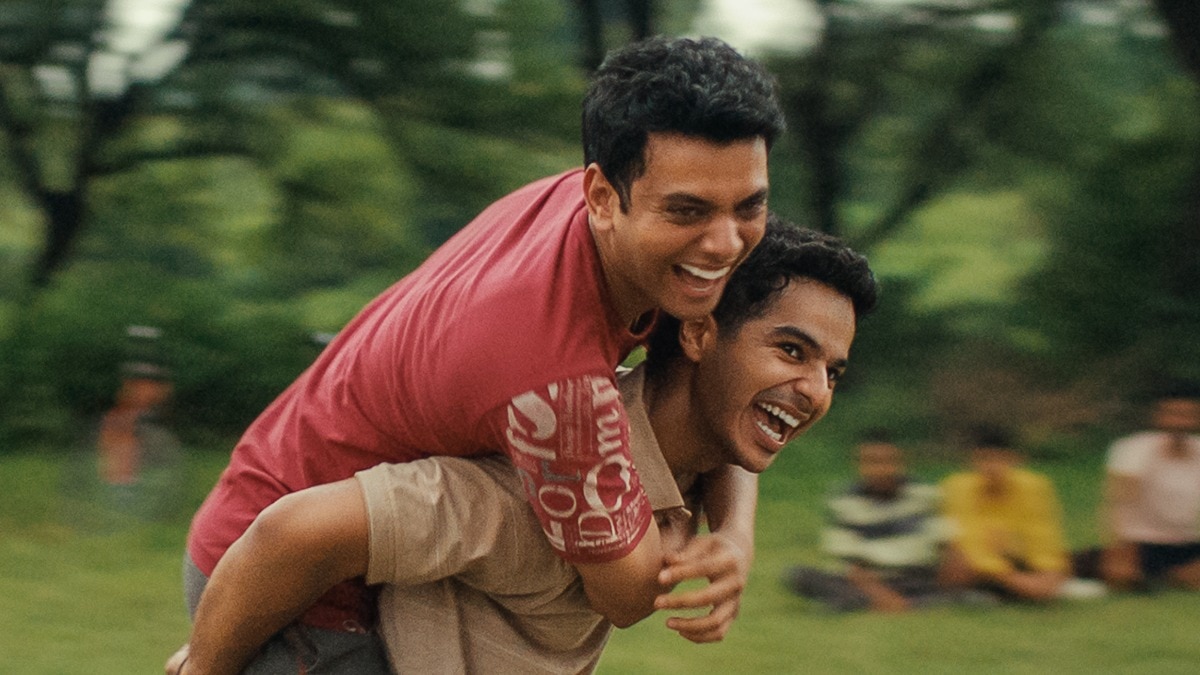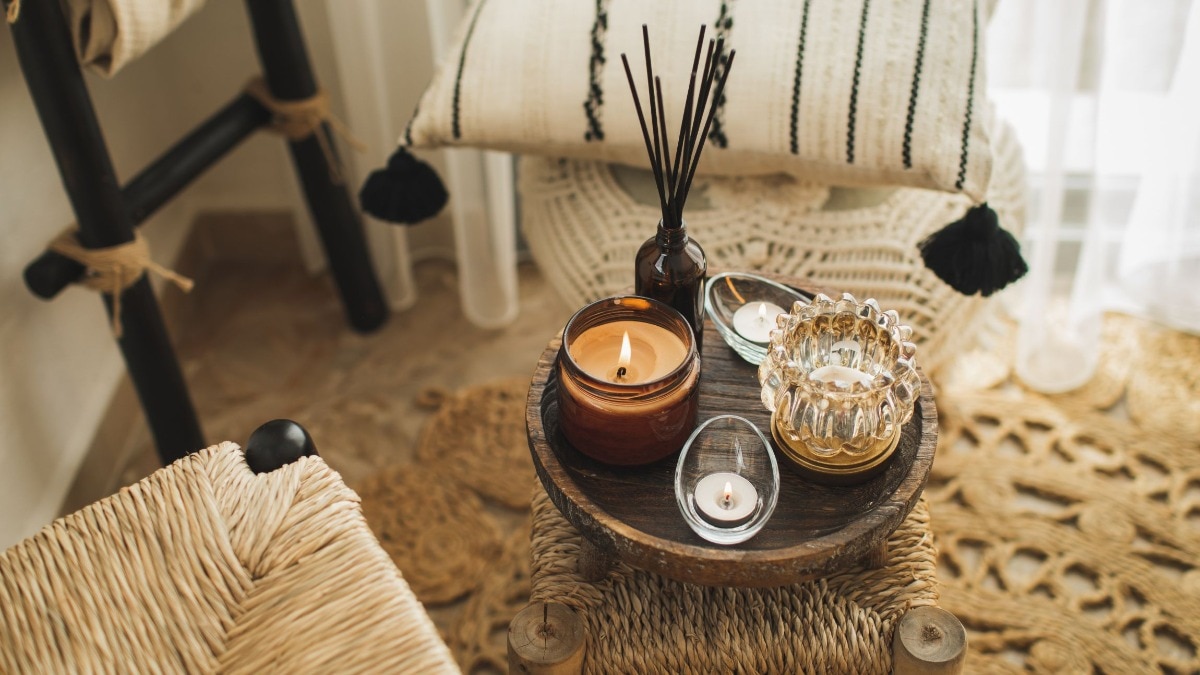An expert guide to reset your workout routine
Bazaar India speaks to five industry leaders about the most rewarding aspects of different exercise forms, and how you can reignite your fitness.


Just because you are not a "gym person" no longer excuses you from exercise. Since there are plenty of forms to choose from, there is bound to be one that works for you, even if it's for only three days a week. We spoke with experts about different exercise styles, their benefits, and how to incorporate them into your fitness journey.
Namrata Purohit—Entrepreneur, fitness expert, and partner, The Pilates Studio

“My Pilates journey began at the age of 15. I fell down while horse riding and had to get an emergency knee surgery. Post the surgery, I tried various forms of exercise—and even rehab—to relieve the pain, but nothing made me feel one hundred percent fit. Around the same time, my father (Samir Purohit) was hosting a Pilates course in Mumbai. I asked to be a part of it, and four days into the course, I felt little to no pain for the first time in a year. Over the years, Pilates has helped me in so many ways. From ensuring I stay absolutely pain-free, to developing and maintaining strength, flexibility, balance, and a strong core.
The best thing about Pilates is that it offers overall fitness as it involves both the mind and body. Being a highly customised form of fitness, it ensures each person achieves their goals in a sustainable, healthy way...it even helps improve concentration and coordination.
Pilates is extremely safe and can be performed by everyone, regardless of age, fitness level, etc—it is practised extensively by sports personalities across the world as it helps prevent injuries and ensures the body stays strong and stable. While practising this form, one must follow the Pilates principles: ensure correct body alignment and focus on breathing. This is a mindful form of exercise, therefore, the more conscious you are, the more you will connect with your own body. Pilates should ideally be practised at least thrice a week. If it is the only form of workout you are incorporating into your routine, then you can increase the frequency to four to five times a week—as each class is customised, the instructor can ensure you are working sustainably.”
Ria R Bajaj—Aerialist, fitness instructor and founder, Airbound Fitness

“I began learning aerial silks in 2015, and I have seen my body go through a massive transformation in the past seven years. Along with strengthening and toning it, being an aerialist has helped my body adapt to other sports.
The one thing that must be kept in mind while practising aerial arts is that it will take time—so approach it with patience. The key lies in practising religiously. It is a very technical sport and requires repetition even through failures. To ace aerial silks, according to me, one needs 70 percent mental conditioning, 10 percent strength, 10 percent flexibility, and 10 percent technique. Dedication really matters.
Aerial arts come highly recommended for strength building, toning muscles, spine traction, flexibility and mobility, core strength and stability, and improving hand-eye coordination. It also helps relieve stress and anxiety as it instils you with a sense of achievement, in turn lifting your mood. I recommend practising it at least two to three times a week for quick progress—this way, your body also retains muscle memory.
It is important to train under supervision since this is a dynamic sport and can be risky if the safety measures aren’t up to the mark. Beginners, especially, should only train with an expert to be able to grasp the fundamentals. Even though I have been practising aerial silks for seven years, I still like to train with an instructor so we can look out for each other and ensure all risks are eliminated—doing so instils a sense of community, and helping each other makes it a fun activity.”
Aarifa Bhinderwala—Founder, Pole Burnt Studio

“I started practising pole dancing in 2016. It is unlike any other form of fitness, and is a unique blend of sport and art. Between the rotating, gravitational, and frictional forces, and the demands placed on the cardiovascular, vestibular, and musculoskeletal systems, the athleticism that pole dancing lends itself to is beyond remarkable.
Pole dancing has made my body stronger and incredibly powerful. A highly-skilled form of fitness, it challenges my body to outperform itself in each training session and break any barriers that I may have placed upon it. Over the years, pole dancing has allowed me to tap into my body, resulting in greater self-awareness and confidence.
For someone who’s just starting out, pole dancing helps build a rock solid core, improves concentration and awareness, and sharpens one’s reflexes. Spinning around the pole is therapeutic...for me, it is a meditative experience. It helps cultivate a deep sense of oneness between one’s mind, body, and spirit. And there are no prerequisites to learning how to work the pole in terms of fitness levels, body type, age, or gender. Pole dancing helps maintain muscle mass and loads tendons to maintain muscle pliability and that, in turn, helps combat age-related muscle loss. As a complete workout, pole dancing ticks all the boxes. It builds strength, endurance, flexibility (both active and passive), mobility, and stamina. It even helps one overcome their fears while defying gravity and putting together a beautiful spinning routine, mid-air. Pole dancing helps build resilience as well as sportsmanship as you learn to keep moving forward in order to accomplish a new move that you are working on, with grit and grace. And it is a great tool to develop body confidence and empower oneself.
However, this discipline needs a careful and skilled training methodology to allow the athlete to handle its demands. One must train with an experienced professional, with a focus on cueing and spotting, as well as perfect technique and muscle engagement to achieve the correct form. My tip: focus on conditioning drills in your training sessions to prime the muscles for the work to follow. Also, regularly schedule rest days to allow your body to recover from the training. Pole takes time, so do not rush the process and avoid shortcuts that involve bad technique or a lack of it. For a beginner, twice a week is a good place to begin. As you progress to more intermediate and advanced-level moves, you can train five times a week.”
Deanne Panday—Health coach and author

“My fitness journey began with weight training three decades ago. I started practising yoga alongside at the age of 17. More than the body, yoga helped calm my mind. With no fitness fads involving yoga in sight, the emphasis was on breath work and spirituality. Yoga truly brought a sense of balance in my life, and that’s the reason I kept trying different schools like Hatha yoga and Iyengar yoga. Finally, I found my calling in Ashtanga yoga. It is an extremely powerful form—one of the toughest—and you need to be very strong to be able to practice Ashtanga. But my background in weight training helped me ace it.
When I began my career in personal training, I incorporated it all in my programmes—I would give people a yoga asana, then have them lift weights, and then have them do another asana. Yoga offers a tonne of benefits. It boosts flexibility, prevents injuries, offers mind-body balance, and keeps stress and anxiety at bay. Certain yoga asanas are beneficial for balancing hormones, lowering blood pressure, controlling diabetes, and more. It is a wonderful form of wellness that truly changes you for the better. I consider Surya Namaskar one of the best asanas and recommend it to everyone. Since it is a combination of 12 postures, it engages all your muscles. And 40 to 50 repetitions of Surya Namaskar a day is a holistic workout.”
Anushka Nandani—Cofounder, The Tribe

“I credit my passion for exercise and working out to dance cardio—I have been practising it since I was 18-years-old. And I eventually studied it to be able to practise dance cardio professionally. I learned that my body reacts to cardiovascular movements well, and dance cardio keeps me highly engaged...I saw results fairly quickly, and since it is also great fun to engage in, it was a win-win.
I highly recommend incorporating some dance cardio in your workout routine as even though it is a high-intensity workout, you will feel exhilarated and have a blast. Also, it is extremely beneficial for improving cardiovascular health along with both muscular strength and endurance. Dancing also helps release endorphins and this form of workout uplifts the mood instantly, thereby relieving stress of any kind. And, of course, it also helps manage weight. While practising dance cardio, one must wear the right kind of shoes as you will be belting out high-impact moves. Your movements and form must be supervised to understand the benefit of each move—some of which are fairly technical. Also, dance cardio performed with a little company is always more fun.”
Photographs: Chandrahas Prabhu
Styling: Pranay Jaitly and Shounak Amonkar










